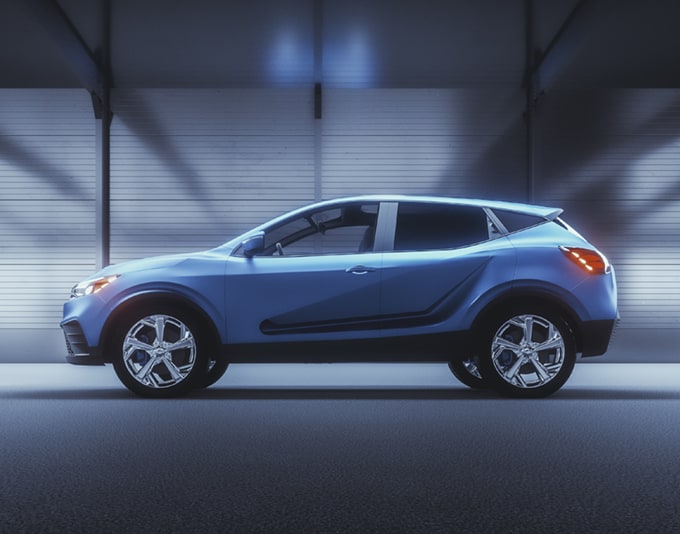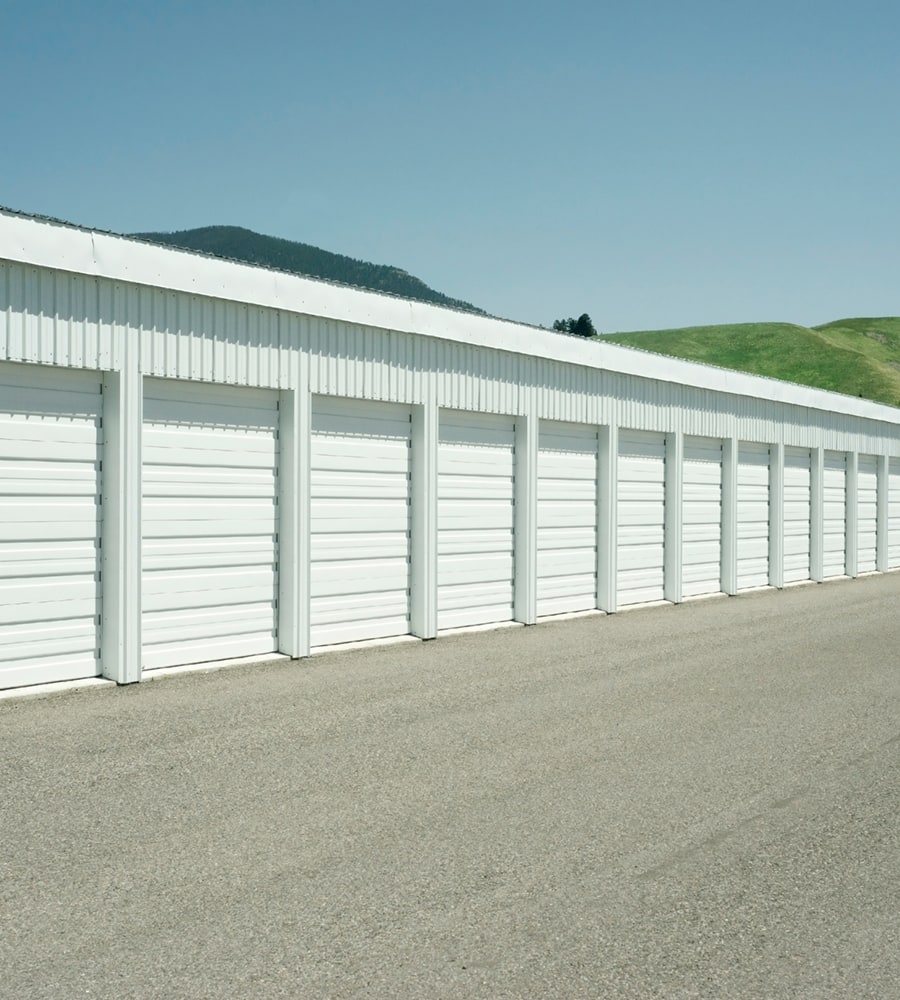Car Storage Solutions
If you have more cars than you have available space, then you need car storage. Seems simple enough, but there are plenty of reasons why parking your car at a Store Space Self Storage makes sense.


Affordable and Easy Car Storage
The most important thing to remember about car storage at Store Space is that it’s affordable and easy. We post our rates right on our store pages, along with our current new customer move-in promotions so you know you’re getting a great rate.
Once you find the vehicle parking space you need, you can complete your rental online in just minutes. With our month-to-month Rental Agreements, you can keep your vehicle in storage as long as you like, without worrying about long-term contracts.
We’ve got some of the top reasons below, as well as features and options at your nearby storage facility, as well as some bonus content about storing your car properly.
Nearby Locations

Resources to help you
How Self Storage Works
If you’ve never rented self storage before, we’re here to help.
Making a Reservation
Once you’ve found the right storage unit you can lock in your price by making a free reservation.
Moving In
Here’s what you need to know to make the process as smooth as possible.
Storage Features & Amentities
Thoughtful Features
Access to our properties is electronically controlled by personalized PINs, most buildings are fenced, and our interior and exterior spaces are well-lit, all to provide additional peace of mind.
Cleanliness
Let your storage experience begin with a clean storage unit at Store Space. We keep our stores and amenities clean, too, just for you.
Customer Service
At Store Space, we strive to provide you with the best self-storage experience possible. Our team members understand the needs of our guests and offer compassionate support throughout the rental process.
Speed-e-Rent
Speed-e-Rent lets you complete your rental process online in just minutes. Sign your Rental Agreement, get Tenant Protection, even enroll in our free AutoPay service, then skip the counter and go right to your unit on move-in day — it's that quick and easy!

Billing
- AutoPay available
- Major credit cards accepted
- Pay online, in-store or by phone
- Rent due on 1st of each month
Access
- Computer-controlled gate access
- Customized PIN
- Extended daily gate hours
- Your lock, your key
Administrative
- Call center open late daily
- Free no-obligation reservations
- No security deposit required
- Sign up for text alerts
Moving
- Designated unloading areas
- Large doorways
- Spacious elevators
- Wide driveway aisles
FAQs
Tires, fuel and batteries are the items most affected in stored cars. If possible, a car should be started and run every 30 days.
Although a car cover is not required, an all-weather car cover is highly recommended to help protect your vehicle from the elements.
When storing a car in a vehicle parking space, be sure to lock your vehicle and use a car cover, if possible. Remember to start the car periodically to avoid a dead battery!
Why Do You Need Car Storage?
There are many reasons why you might need storage for your car or truck. The most obvious is when you’ve got more cars than space at your home or place of business.
If you live in an apartment, you might have one designated parking space, and another first-come-first-served space somewhere else in the lot. Or, if you live in a dense urban area, parking a car in a short-term lot might be prohibitively expensive over the course of a month.
Most houses have 1- or 2-car garages, but what happens if you don’t have a garage? Or your garage is already full (need a storage unit, we’ve got you covered)? Some HOAs and local laws prohibit parking your car on the street (or even the driveway) for a long period of time, subjecting you to stiff penalties.
Moving can also present some logistical challenges, making storage a good temporary solution. Similarly, snowbirds might not want to keep a spare vehicle in a driveway or on the street while they are away.
Sometimes, the need for vehicle storage centers around opportunity. Teen driver needs a car when they get their license? Project car becomes available? Take advantage of the opportunity when it presents itself.
Businesses also need vehicle storage. This can be a seasonal need, or a semi-permanent need to store a work vehicle for multiple days at a time. Even ride-share drivers use storage facility parking for non-peak times.
This is just a partial list of reasons to get car storage at a storage facility. Whatever drives your need for car storage, make sure to get affordable parking at your local Store Space Self Storage facility.
What Kind of Storage is Available?
There are two primary storage methods at storage facilities: gated outdoor vehicle parking and drive-up storage units.
Outdoor Car Storage
Outdoor car parking is the most common vehicle storage method. Many storage facilities offer vehicle parking in several different sizes, to accommodate standard passenger cars all the way up to large RVs and motor homes. These spaces are approximately 8 to 10 ft. wide, and the spaces up to 20 ft. long are best suited for most cars. Longer vehicle storage spaces up to 40 ft. or more, are ideal for commercial vehicles, boats, RVs and more.
Drive-up Car Storage
Some storage facilities allow cars to be parked in a drive-up storage unit. The largest units at a storage property, usually 10x20 or larger, can often accommodate a car or truck, provided it fits through the doorway.
Keep in mind that working on a car in a storage unit is prohibited, as is storing fuel or other flammables.
There may be other restrictions or limitations at a particular location, so it’s always a good idea to check with the store manager if you plan to store a car in a drive-up storage unit. Also, it’s a great idea to read your Rental Agreement for additional restrictions.
Other Car Storage Options
Occasionally, a storage facility will have covered or indoor warehouse-style storage for vehicles. These are a preferred option for many, since any added protection from the environment is a bonus!
What Features Does a Storage Facility Have?
At Store Space, we have thoughtful features throughout our storage facilities. Gate access is computer-controlled, and is restricted to guests with a unique PIN. Driveways are large for easy maneuvering. Outdoor vehicle parking is often in a well-lit, fenced and gated section of the facility. Plus, we have digital video cameras operating 24/7.
We also offer extended access hours so you can get to your vehicles or belongings when it works for you. Most guest access is 6 a.m. to 10 p.m., seven (7) days a week!
How To Prepare Your Car for Storage
When storing a car, it’s important to remember that your registration and insurance need to be current. It’s illegal to store a car in a storage facility that doesn’t have current plates. If you’re planning long-term storage, talk to your insurance agent about changing your coverage.
It’s also a good idea to run to engine in your car and move it from time to time to prevent the battery from depleting and the tires getting flat spots. Also, be sure to lock your car while it’s in storage.
Here are some additional tips to consider for long-term storage. Important takeaways include:
Clean it first, inside and out – keep corrosion from destroying the exterior, and ensure crumbs and dirt are gone from the interior
Keep it covered – An all-weather cover will help protect your vehicle from rain, snow and UV rays. Cars in interior units should at least have a dust cover
Change the oil – Fresh oil is less likely to have contaminants that can damage your engine over time
Check your tires – The tread should be in good shape and they need to be inflated at all times
Disconnect the battery – Keeping a battery connected can cause it to die
Jack stands – Raise your car using jack stands to keep your tires from getting flat spots
Fuel Stabilizer – Add commercially available fuel stabilizer to your gas to prevent deposits
Winterize – Follow proper protocol when winterizing your vehicle
Rent Car Storage at Store Space
Now that you know more about your vehicle storage options, it’s time to take action. Check out the Store Space facilities near you to see our vehicle storage options online, stop by a local facility or call us at 833-786-7366 to talk to one of our storage professionals.



